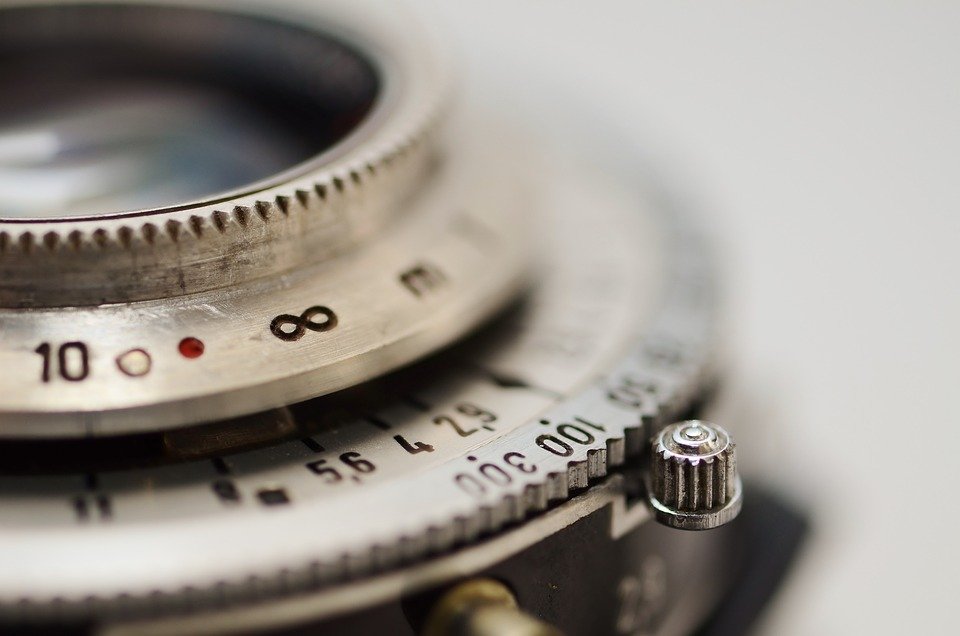Mirrorless Cameras: Are They Really Better than DSLRs?
With the rise of mirrorless cameras in the photography market, many photographers are wondering if these newer, streamlined cameras are actually better than traditional DSLRs. Both types of cameras have their own strengths and weaknesses, and it ultimately comes down to individual preferences and shooting styles. However, there are several key reasons why mirrorless cameras are becoming increasingly popular and are considered by some to be superior to their bulkier DSLR counterparts.
One of the main advantages of mirrorless cameras is their size and weight. These cameras are typically much smaller and lighter than DSLRs, making them much more convenient and portable for photographers who are often on the go. This compact size also makes them much more inconspicuous and suitable for street photography and travel, where lugging around a heavy DSLR can be cumbersome and impractical.
Another advantage of mirrorless cameras is their electronic viewfinders. Unlike DSLRs, which use an optical viewfinder, mirrorless cameras use an electronic viewfinder that shows exactly what the sensor is capturing. This allows for a real-time preview of exposure, white balance, and depth of field, giving photographers a more accurate and immediate understanding of how their shot will turn out. Additionally, the electronic viewfinder also allows for focus peaking, which can greatly aid in manual focusing and helps ensure tack-sharp images.
Furthermore, mirrorless cameras are known for their fast and precise autofocus systems. With the absence of a mirror and optical viewfinder, mirrorless cameras are able to utilize advanced autofocus technology that is often faster and more accurate than that of DSLRs. This is particularly beneficial for capturing fast-moving subjects, such as wildlife or sports photography, where quick and precise autofocus can make all the difference.
Additionally, some mirrorless cameras are capable of shooting in complete silence, due to their lack of a mechanical shutter. This can be extremely useful for photographers who need to maintain a quiet environment, such as during a wedding ceremony or a live performance.
While mirrorless cameras certainly have many advantages, it’s important to note that they also have their limitations. For instance, DSLRs often have longer battery life and more extensive lens options, especially for specialized photography such as wildlife or macro. Additionally, some photographers may prefer the handling and ergonomics of a larger DSLR, particularly those with larger hands.
In conclusion, mirrorless cameras are certainly making a strong case for why they may be better than DSLRs for many photographers. Their compact size, electronic viewfinders, and advanced autofocus systems make them a strong contender in the photography market. However, individual preferences and shooting styles ultimately determine what type of camera is best for each photographer. It’s important for photographers to weigh the pros and cons of each camera type and consider their specific needs before making a decision.
